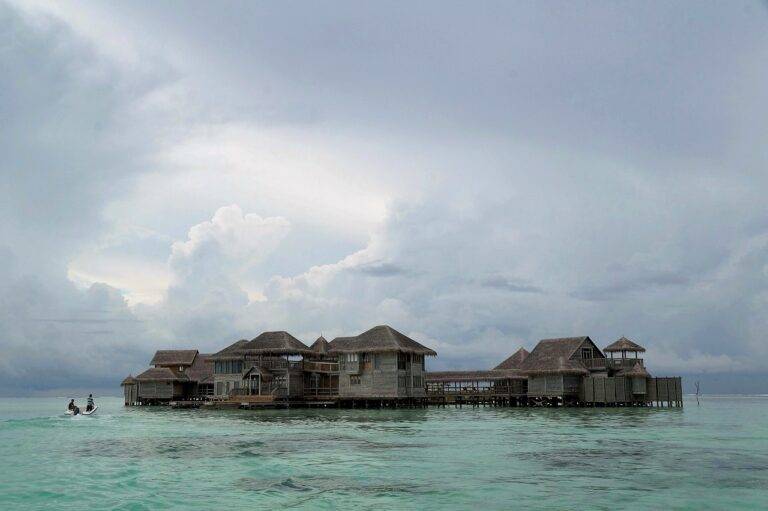Sustainable Tourism in Island Paradises: Protecting Fragile Coastal Ecosystems
Island ecosystems are unique and fragile environments that play a crucial role in maintaining biodiversity and supporting a wide array of plant and animal species. These ecosystems are often home to endemic species that are found nowhere else on earth, making them particularly susceptible to disruptions and habitat loss. Preserving island ecosystems is vital not only for the conservation of these species but also for the overall health of the planet.
Furthermore, island ecosystems provide a range of ecosystem services that are essential for human well-being, including climate regulation, nutrient cycling, and coastal protection. By preserving these ecosystems, we can ensure the continued provision of these services, which are vital for sustaining livelihoods and protecting communities. The conservation of island ecosystems is a global responsibility that requires coordinated efforts from governments, conservation organizations, and local communities to safeguard these valuable natural resources for future generations.
Understanding the Impact of Tourism on Coastal Areas
Tourism in coastal areas has become increasingly popular due to the allure of sandy beaches and picturesque ocean views. While this provides economic opportunities for local communities and businesses, it also brings about a range of environmental challenges. The influx of tourists can lead to overdevelopment, pollution, and the degradation of natural habitats.
Coastal ecosystems are delicate and vulnerable to the pressures of tourism activities. Increased construction of hotels, resorts, and infrastructure can disrupt the natural landscape, leading to habitat destruction and loss of biodiversity. Additionally, the discharge of sewage and waste from tourist facilities can pollute the surrounding waters, affecting marine life and overall ecosystem health. It is crucial to strike a balance between promoting tourism and preserving the ecological integrity of coastal areas.
Strategies for Sustainable Tourism Development
When it comes to sustainable tourism development in coastal areas, one effective strategy is to promote community engagement and empowerment. By involving local residents in decision-making processes and initiatives, stakeholders can ensure that tourism activities are aligned with the needs and values of the community. This not only fosters a sense of ownership and pride among residents but also helps to preserve the cultural and natural heritage of the destination.
Another key strategy for sustainable tourism development is to prioritize environmental conservation and protection. Implementing responsible tourism practices, such as reducing waste, conserving water and energy, and supporting biodiversity conservation efforts, can help mitigate the negative impact of tourism on coastal ecosystems. By integrating environmental sustainability into tourism plans and operations, destinations can attract eco-conscious travelers, enhance their reputation as sustainable destinations, and contribute to the long-term preservation of their natural resources.
Why is it important to preserve island ecosystems?
Preserving island ecosystems is crucial for maintaining biodiversity, supporting local communities, and sustaining the natural beauty of the islands for future generations.
How does tourism impact coastal areas?
Tourism can have negative impacts on coastal areas such as pollution, habitat destruction, and erosion. It is important to carefully manage tourism development to minimize these impacts.
What are some strategies for sustainable tourism development?
Some strategies for sustainable tourism development include promoting responsible tourism practices, implementing eco-friendly infrastructure, supporting local communities, and conserving natural resources.





